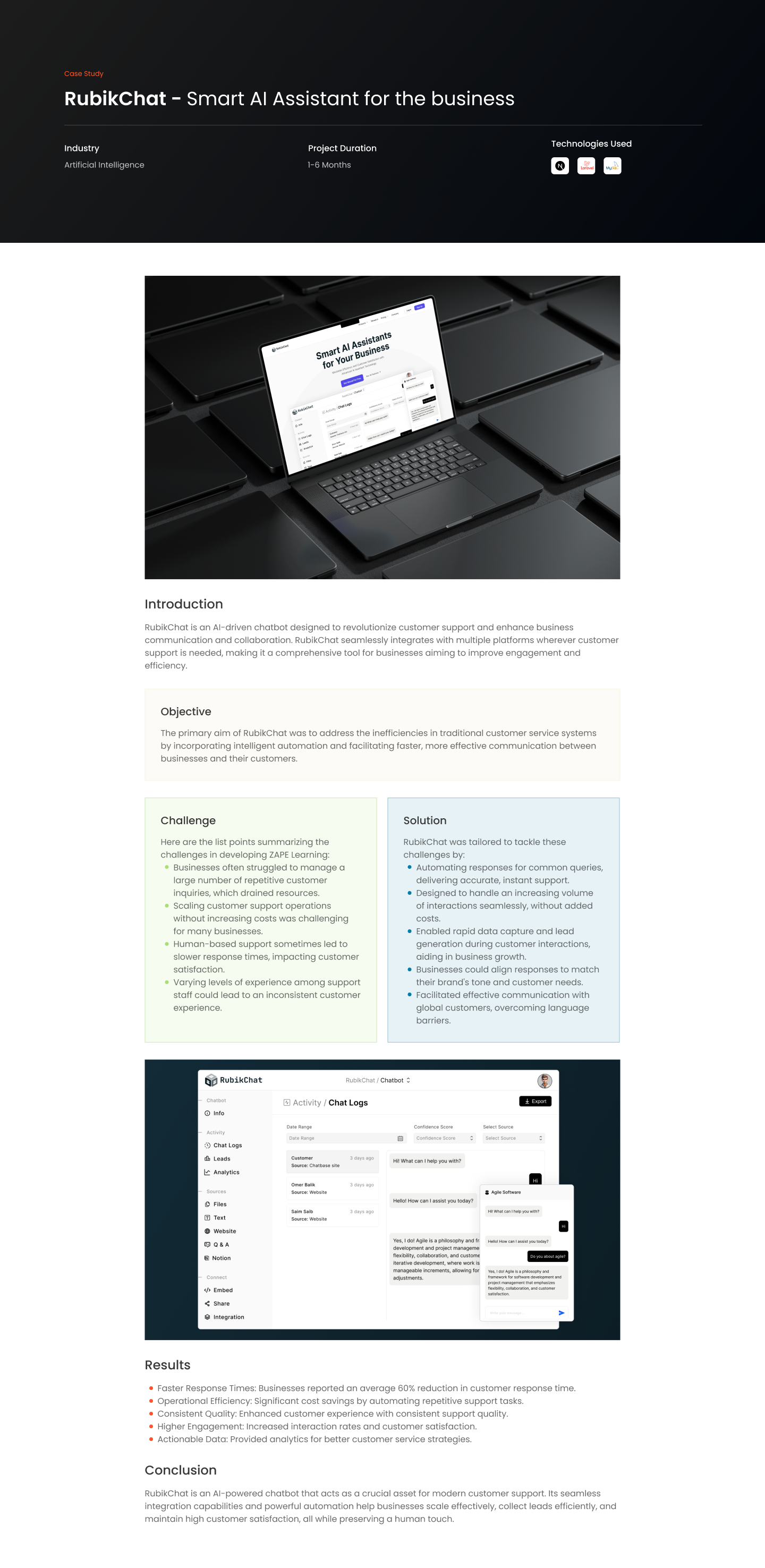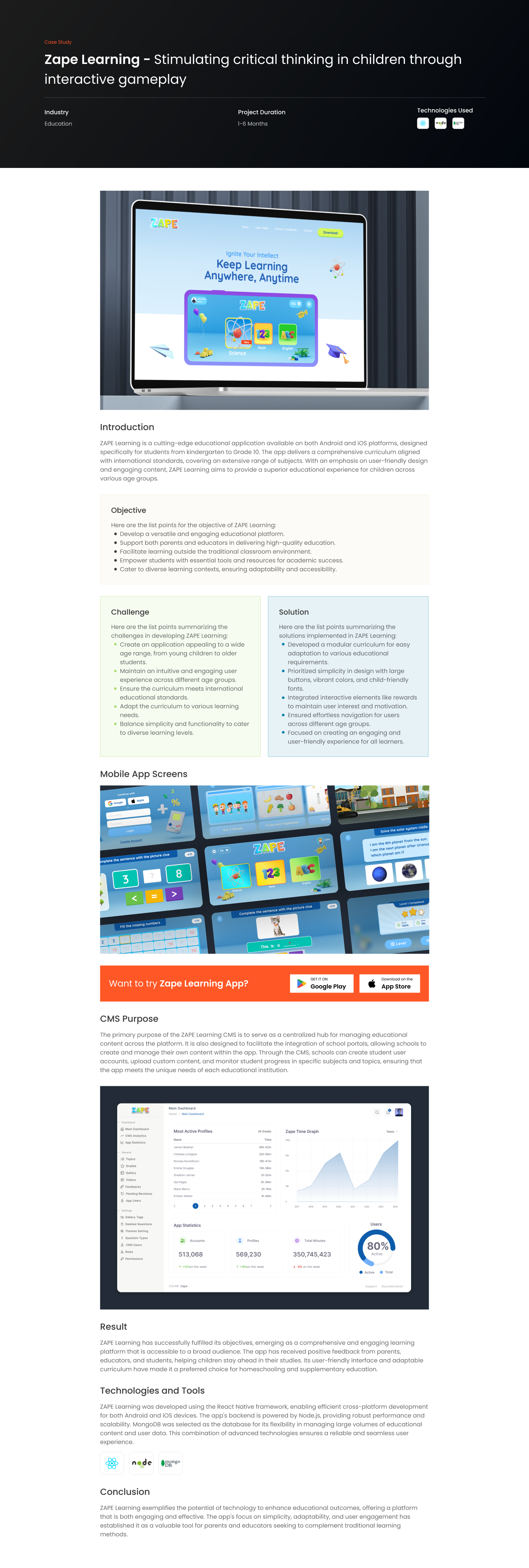Introduction
The journey from the static pages created by HTML to the interactive experiences enabled by modern
JavaScript frameworks is a testament to the innovation and adaptability of the field. Let’s take a stroll
down memory lane and explore how frontend development has evolved into the powerhouse of web
interactivity and user experience it’s renowned for today.
The Humble Beginnings: HTML
Frontend development began with the inception of HTML (HyperText Markup Language) in the early
1990s. It was the cornerstone that allowed developers to create the first web pages. However, these
pages were static, with limited functionality and interactivity.
The Rise of CSS and JavaScript
With the arrival of CSS (Cascading Style Sheets), developers could separate content from design, leading
to more visually appealing websites. JavaScript then entered the scene, bringing with it the possibility of
adding dynamic content and interactive elements to web pages.
The Era of Libraries and Frameworks
As websites became more complex, the need for better organization and more efficient code led to the
development of libraries like jQuery. These libraries simplified common JavaScript tasks and improved
developer productivity.
The Modern JavaScript Frameworks
The limitations of libraries in building large-scale applications paved the way for modern JavaScript
frameworks. These frameworks, such as Angular, React, and Vue, offer a structured approach to frontend
development, making it easier to create complex, scalable, and reactive web applications.
Key Milestones in Frontend Development
1. Responsive Design: The responsive design revolution, led by HTML5 and CSS3, made it possible
for web designs to adapt to various screen sizes and devices.
2. Single-Page Applications (SPAs): JavaScript frameworks enabled the creation of SPAs, reducing
the need for page reloads and offering a smoother user experience.
3. Component-Based Architecture: Modern frameworks introduced component-based
architecture, allowing for reusable and maintainable code.
4. State Management: Tools like Redux and Vuex emerged to manage state in large applications,
ensuring consistent and predictable behavior.
The Future: Progressive Web Apps and Beyond
The frontier of frontend development continues to expand with Progressive Web Apps (PWAs), which
blur the line between web and mobile apps, offering offline capabilities, push notifications, and more.
Conclusion
The evolution of frontend development is a story of constant innovation. From static HTML to dynamic,
framework-driven interfaces, this field has continuously adapted to meet the growing demands for
interactive and user-friendly web experiences.











